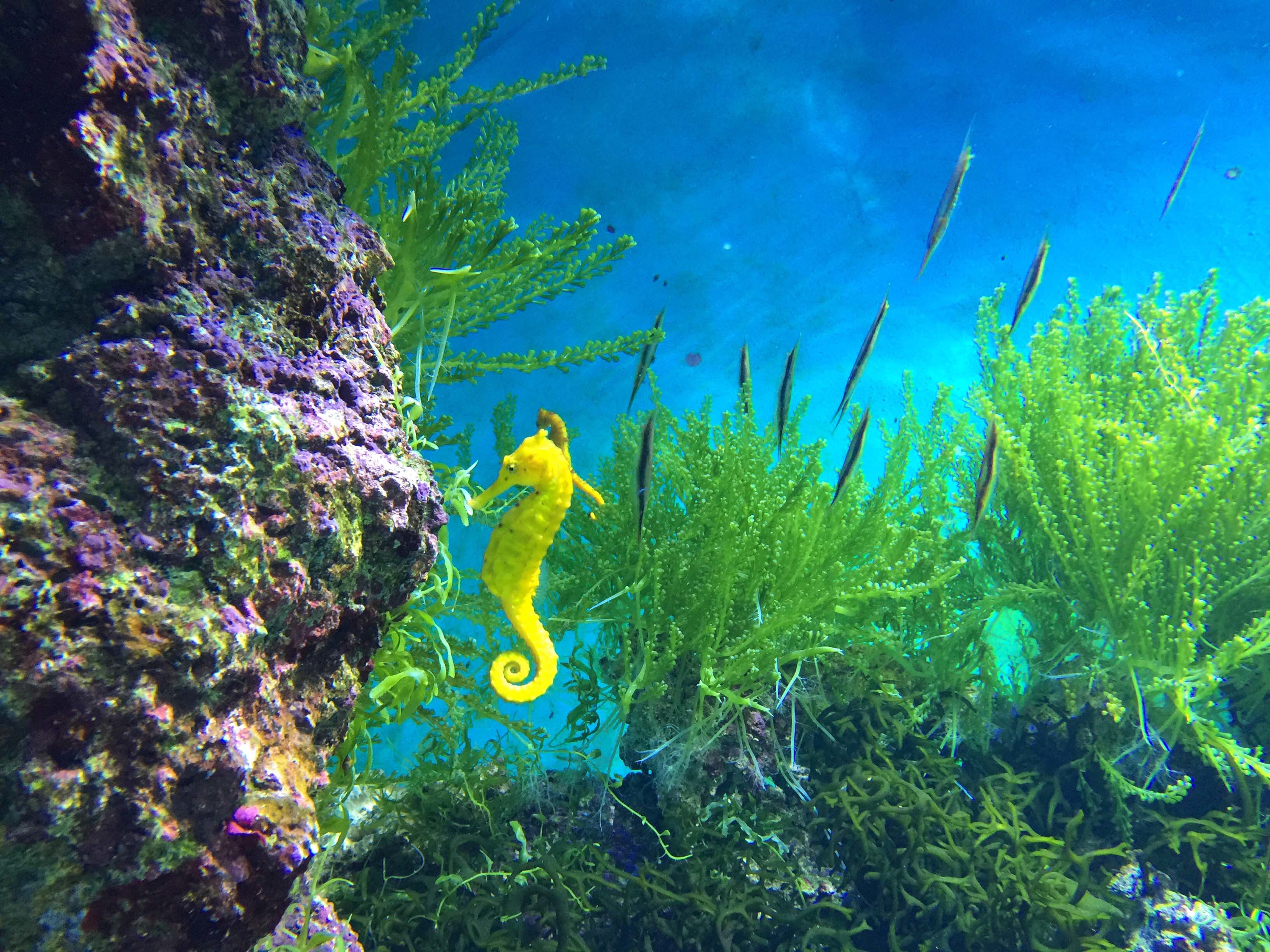Macro Algae or Macroalgae for sale. Largest selection of saltwater plants for sale.
Reasons to buy Macro algae and Marine Plants for sale at ANF.
Aquacultured Macro algae for Saltwater aquarium tanks.
Macro algae is a must for the Seahorse tank aquarium habitat. Seahorses need live Macro Algae and Saltwater plants to have a stress free life in captivity.
Here you find the best macro algae for refugium. Here on this site you get the most variety of Saltwater Plants and macroalgae in one place to choose from.
If your looking for a stunning red macro algae full plant not frags take a look at our cultured red Dragons Tongue macro algae.
We ship only clean macro algae, don't worry about unwanted pests or nuisance hitch hikers when you buy our macroalgae.
When you buy marine plants and the best saltwater plants you provide a habitat for copepods and amphipods, zooplankton to thrive in the saltwater marine tank aquarium.
If you want your populations of Copepods and Amphipods micro fauna to explode add macro algae and saltwater plants to your reef tank.
Bright red aquacultured Red Gracilaria macro algae.
Chaetomorpha live saltwater macro algae. Aquaculture Nursery Farms we aquaculture, farm many types of marine macro algae. Among them are caulerpa, Fern, Chaetomorpha, gracilaria.
You will find that Macro Algae are very nutritious fish food for herbivores like Tangs, Angelfish and other algae eating fish. Chaeto is one of the best Saltwater plants for sale, it absorbs nutrients to help maintain water quality in the Reef Aquarium.
Do macro algae have roots?
Macro algae don't have roots like terrestrial plants but they can attach themselves to rocks and other surfaces. Just not technically called roots. Roots in saltwater plants are for absorbing nutrients. Macro algae absorbs it's nutrients direct though its stems from the water. This is a reason why they are good for helping to keep good water quality in our tanks.
There is a small crab living in my macro algae.
Will the crab bother or eat my fish?
Everything in the ocean is always eating everything else. Sometime animals kill for defense when attacked or for territory etc..
Some animals are specialized feeders so they target a particular animals like for instance hermit crabs specialize in eating all your snails. They are specially effective when confined together in a aquarium where they can find each other easily.
This particular small crab in the macro algae is a symbiotic crab that spends its life living in the macro and eating the coating algae off of the leaves of the macro.
Fish can also kill each other and crabs are fish food if the size difference is sufficient. If you have a large crab and a small fish and they happen to not get along most likely the crab will win for it's size.
In general crabs specialize in eating non live food. Crabs are mainly scavengers and detrivores.
More than likely somebody saw a crab eating a fish that had already died in their tank and assumed that it caught the fish alive and ate it, then they post it on line for other people to read.
Macro algae also gets nutrients from the water chemistry besides the macro food feed. Also from light source, they photosynthesize. If you have animals in the same system they provide fish waste which is nutrients for the plants as well. Macro algae or saltwater plants are ok for a few days no problem. Our macros are hardy and develop ways to survive. Their habitat in the ocean doesn't always have nutrients for them every day so they have adapted to periods of low nutrient levels in the water.
I have had a 55 gallon saltwater aquarium for about three months. I am thinking about adding some macro algae to control ammonia or nitrates. The aquarium has a gravel base with an under gravel filter as my filtering system. I am not looking to have it as a reef tank. Can I add macro algae to the tank? Do I need to provide a substrate for them to attach and grow?
You can add any of our macro algae to your tank setup. They are al beneficial if you get them to grow they will use the nitrates and phosphates that come from animal waste as food for the macro algae to grow. Just give them some light.
Some of our macros are free floating meaning they don't have roots or attach to anything, so they have to be wedged in somewhere or just let them float free as you prefer.
Second type of our macro we grow are the attaching types that have vines or pseudo roots that you receive loose but will eventually attach themselves to your small gravel or rocks if you can get them to stay put and lay on top or against the substrate.
Third type is the more expensive type that we have that come attached and firmly rooted to a small rock that the saltwater plant originally attached itself as a spore and grew naturally from that attachment.
We break these special macros we call rotted on rock macro algae from the larger rock so you can place it anywhere and it wont float away like the other two types. We are proud to be the only aquarium store that has these third type of rooted macros available in the world.
Another benefit of this type of rooted macro is the convenience of being able to super glue or epoxy the small rock base to anywhere in your tank for perfect placement in the display tank as far as looks, water current, and lighting. You can glue it to any rock or structure or anywhere else underwater since super glue will bond and dry underwater, epoxy putty will also cure and bond well underwater. The kind that you mix like putty from the hardware store in the plumbing section or paint department.
